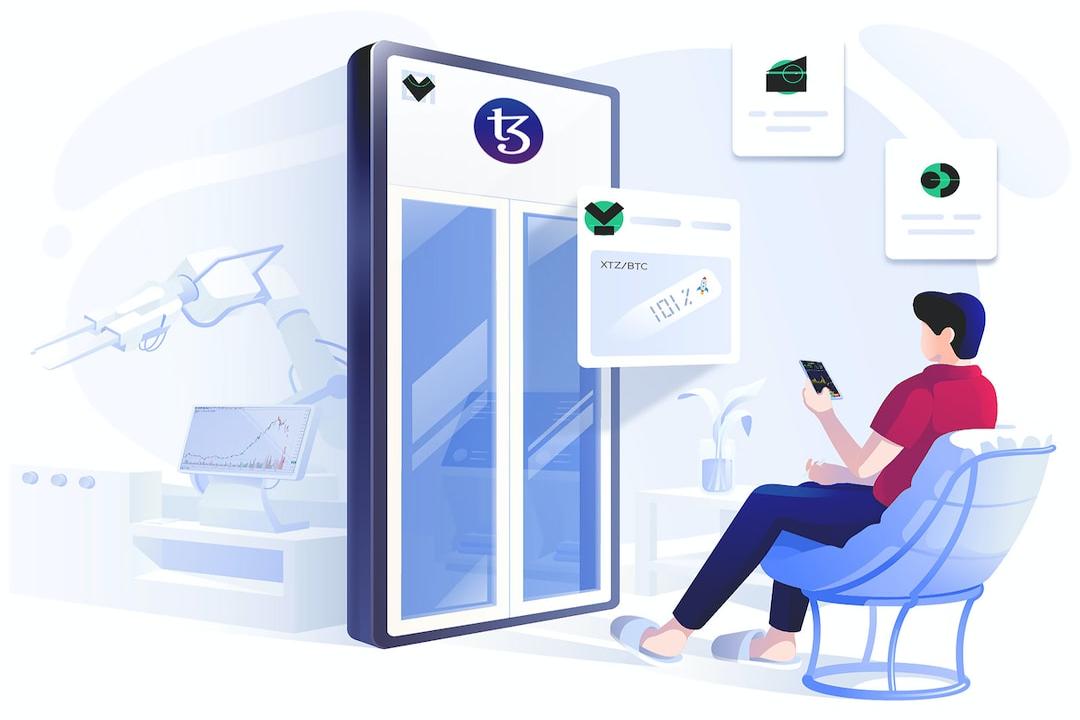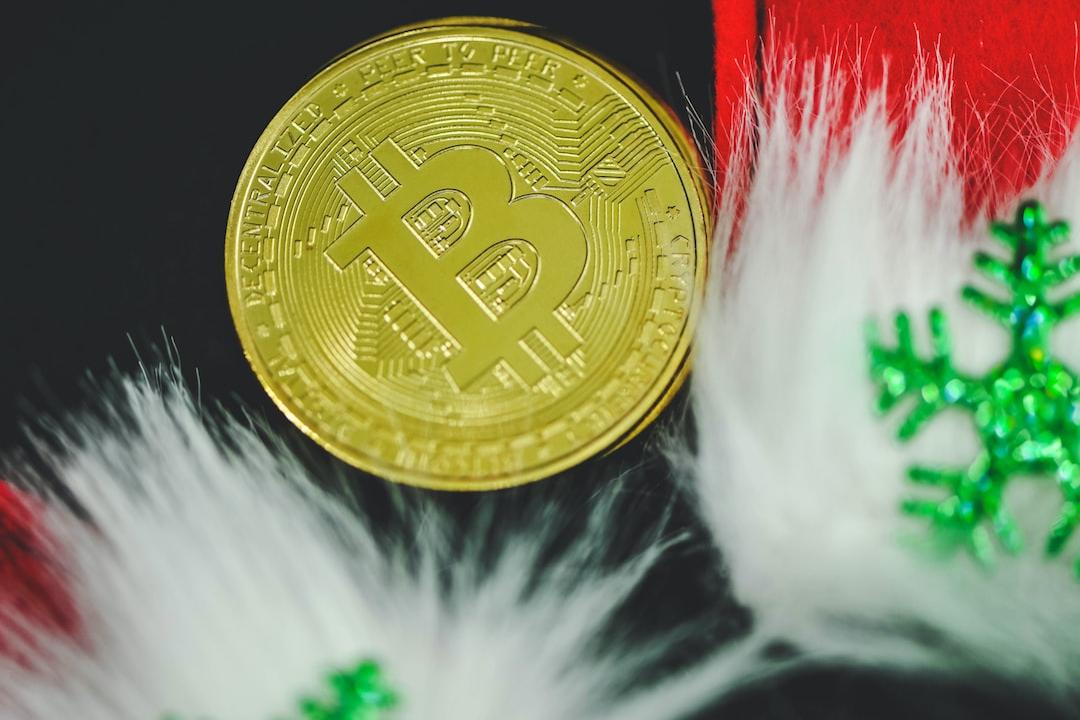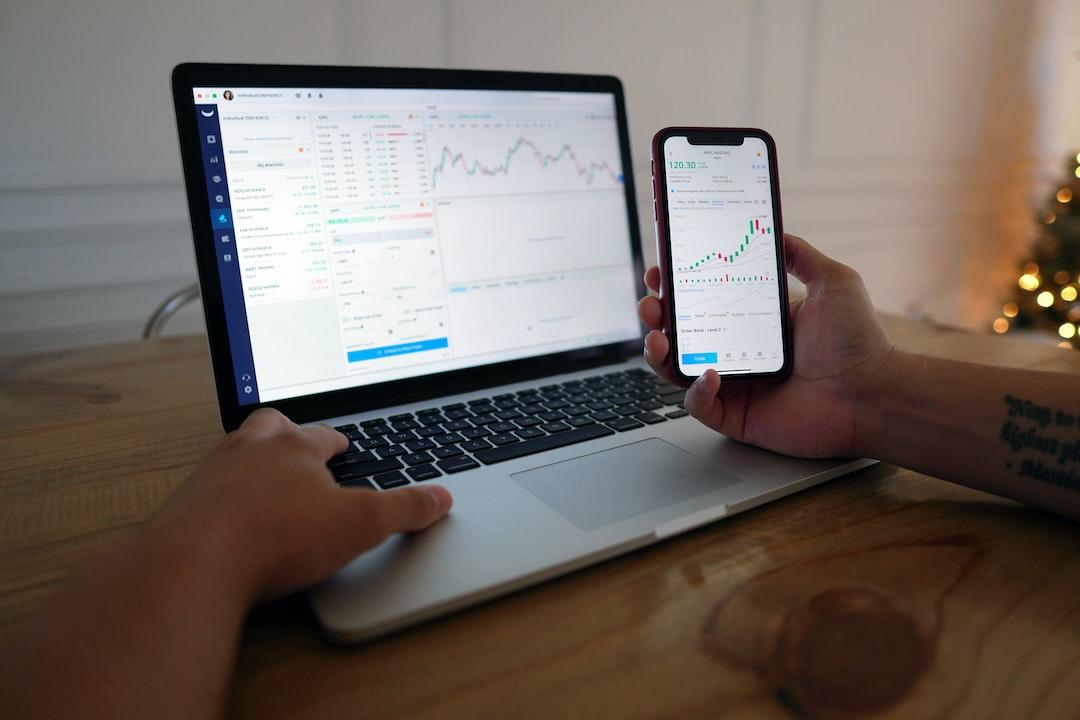Initial Real-Life Assets Earmarked for Tokenization Unveiled

Ruholamin Haqshanas
Latest Update:
July 2, 2024, 12:26 EDT
|
5 minutes read

The concept of real-world asset (RWA) tokenization has been steadily gaining momentum, witnessed by a surge in projects exploring tokenized assets.
At its essence, RWA tokenization involves converting physical and traditional financial assets into digital tokens on a blockchain.
These digitized assets, functioning much like securities, offer various benefits such as enhanced liquidity, swift settlement, reduced costs, and fortified risk management.
McKinsey & Company analysts predict the market for tokenized assets to reach a staggering $2 trillion by 2030.
In a recent report, the analysts observed a gradual uptake in tokenization adoption and anticipate robust growth in the near future.
They even project an optimistic scenario where the market value could potentially double to approximately $4 trillion, albeit with a slightly tempered enthusiasm.
McKinsey’s analysts have pinpointed several asset classes expected to witness initial substantial adoption, including cash and deposits, bonds and exchange-traded notes (ETNs), mutual funds, exchange-traded funds (ETFs), loans, and securitization.
What is RWA Tokenization?
RWA tokenization entails converting ownership rights of physical or intangible assets into digital tokens on a blockchain.
This approach enables traditional assets like real estate, commodities, and financial securities to be digitally represented, owned, and traded.
Key advantages of RWA tokenization encompass heightened liquidity, lowered transaction costs, and improved accessibility.
Through asset tokenization, the trading of fractions of high-value items becomes viable, broadening investment access to a wider investor base.
Moreover, the integration of smart contracts streamlines and automates transaction processes, reducing dependency on intermediaries and minimizing associated costs.
Interest in asset tokenization has been on a sharp rise in recent years, fueled by factors such as technological advancements in blockchain and smart contracts that have streamlined and secured the tokenization process.
Additionally, evolving regulations are creating a more conducive environment for digital assets, attracting institutional investors and traditional financial markets.
Advantages of Tokenization
Enhanced Liquidity
: Tokenization enables assets to be subdivided into tradeable units, enhancing liquidity, especially for traditionally illiquid assets like real estate and fine art.
Fractional Ownership
: Investors can acquire fractions of high-value assets, democratizing access to investment opportunities previously outattained.
Wider Market Reach
: Tokenization opens up global markets, allowing individuals with internet access to invest in a diverse range of assets.
Early Candidates for Tokenization
Early frontrunners for tokenization typically encompass assets poised to benefit significantly from the enhanced liquidity, transparency, and efficiency afforded by blockchain technology. Some promising candidates for early tokenization include:
1. Real Estate

Real estate emerges as a prime candidate for tokenization due to its substantial value and challenges associated with liquidity in property investments.
Pioneering projects such as RealT and Tangible are paving the way for the tokenization of real estate, enabling investors to purchase fractions of properties.
This approach democratizes property investment access and amplifies liquidity in the real estate market by facilitating easier property share trading.
2. Art and Collectibles
The tokenization of art and collectibles, exemplified by the ascent of non-fungible tokens (NFTs), is reshaping how high-value items are bought and sold.
Companies like Freeport have successfully fractionalized iconic artworks, allowing investors to own shares of masterpieces like those of Andy Warhol.
This trend extends to encompass rare collectibles, luxury items, and even digital art, offering a secure and transparent investment avenue for valuable assets.
3. Commodities
Tokenizing commodities such as gold, oil, and agricultural products holds the potential to revolutionize commodity trading.
By digitizing these physical assets into tokens, trading processes become more efficient and accessible.
This could lead to a more liquid and transparent commodities market, attracting a broader investor base.
4. Financial Instruments
The financial industry is exploring the tokenization of bonds, securities, and other financial instruments.
Tokenized financial assets enhance market transparency and accessibility, facilitating more efficient trading and settlement processes.
Leading the innovation charge in this realm are platforms like Polymesh, providing the requisite infrastructure for secure tokenization and management of securities.
5. Intellectual Property
The trend of tokenizing intellectual property rights, including patents and trademarks, is on the rise, potentially simplifying licensing and revenue sharing processes.
This approach offers a more efficient and transparent means of managing and monetizing intellectual property, benefiting creators and investors alike.
Institutional Interest in Tokenization Flourishes
The surge in asset tokenization growth is propelled by escalating interest from institutional investors and financial markets.
In March, investment management giant
BlackRock introduced a new tokenized fund
in collaboration with digital asset securities firm Securitize.
Operating as a pooled investment fund registered in the British Virgin Islands, this structure enables investors to pool their funds into a single portfolio, potentially yielding higher returns.
As observed, leading Wall Street financial institutions are now
shifting focus towards industrializing
proofs-of-concept (PoCs) developed within the blockchain experiment known as Project Guardian.
JPMorgan’s blockchain platform, Onyx, is particularly inclined towards translating insights garnered from its pilot initiative with the Monetary Authority of Singapore (MAS) into tangible products.
Another player deeply entrenched in blockchain-enabled finance migration is WisdomTree, an asset manager.
WisdomTree is exploring various on-chain services provision through a unified interface for its clientele.
The company aims to integrate diverse financial services, including tokenized portfolios and traditional banking services, into a cohesive application.
It is worth noting that both public and private blockchains are witnessing integration of diverse assets.
Significant instances include Franklin Templeton’s U.S. Government Money Fund
expansion from Stellar to Polygon
, Backed Finance unveiling a tokenized short-term U.S. treasury bond exchange-traded fund (ETF), and UBS Asset Management deploying a tokenized money market fund (MMF) on the Ethereum blockchain.
Challenges to Broad Adoption
Despite the promising potential of asset tokenization, several challenges need addressing to facilitate widespread adoption.
A critical hurdle is regulatory uncertainty, with many jurisdictions lacking clear and consistent legal frameworks for tokenized assets, complicating compliance with varied laws across borders.
Moreover, as highlighted by McKinsey & Company analysts, limited liquidity and concerns about market share erosion often deter tokenized issuances, resulting in parallel issuances on legacy systems.
To surmount these challenges, compelling use cases for tokenization offering clear advantages over traditional finance systems are imperative.
The analysts underscored the necessity of modernizing existing financial infrastructure, particularly in heavily regulated sectors like financial services, to drive enhanced mobility, swifter settlement, and improved liquidity for tokenized assets and foster broader adoption.
The Conclusion
Initial RealWorld Assets Selected for Tokenization Unveiled
Related Posts
Add A Comment

